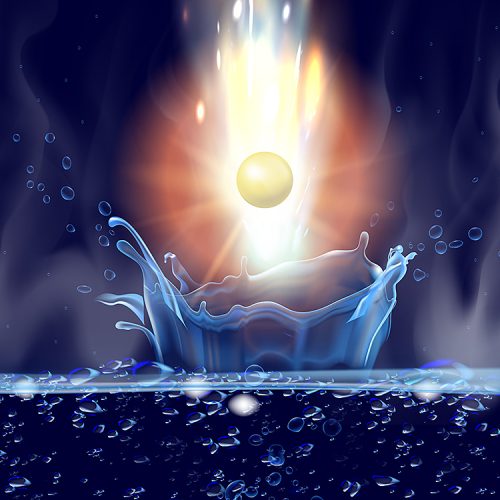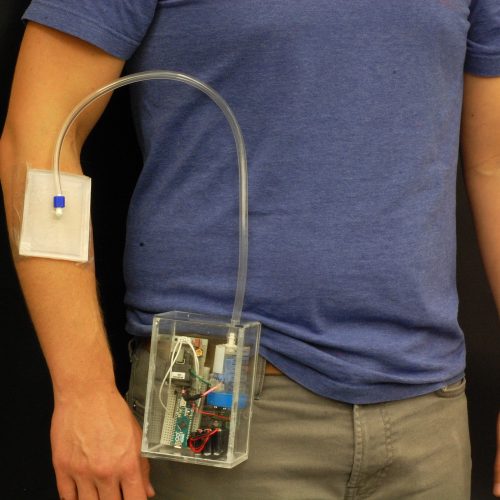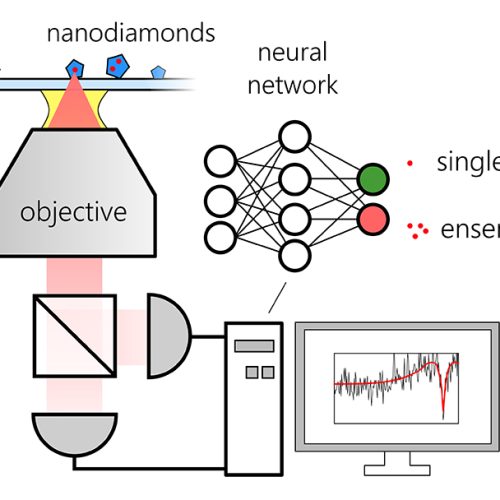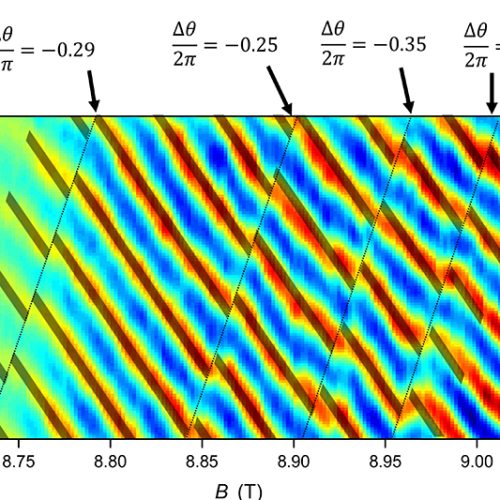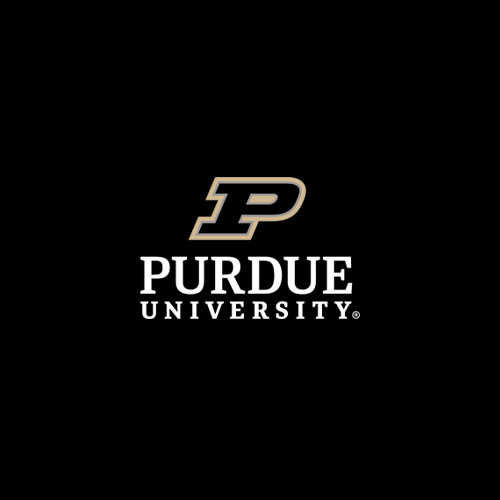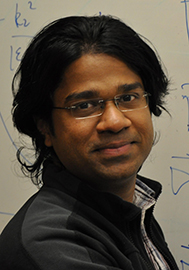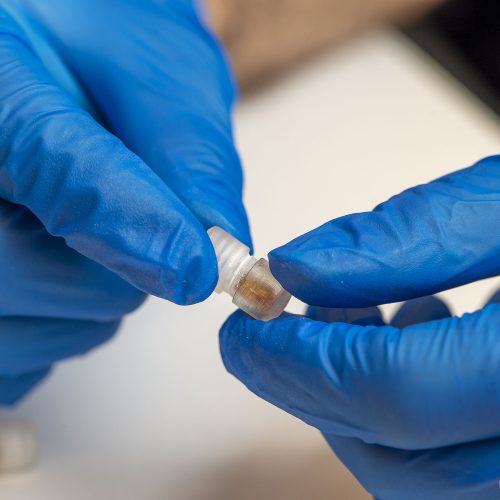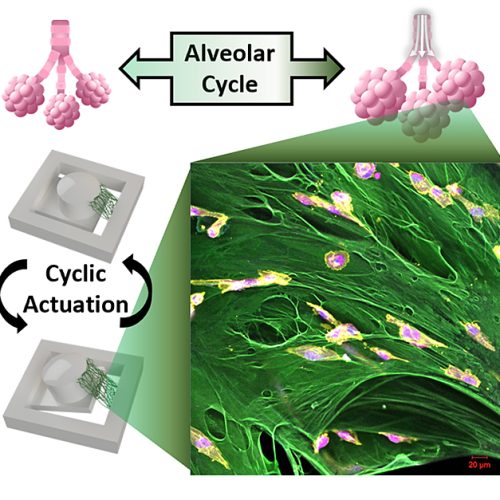
October 12, 2020
Novel testing platform designed for breast cancer cells
WEST LAFAYETTE, Ind. – A Purdue University team has developed a novel testing platform to evaluate how breast cancer cells respond to the recurrent stretching that occurs in the lungs during breathing. The technology is designed to better understand the effects that the local tissue has on metastatic breast cancer to study how metastases grow in a new tissue.
“One of the key features of breast cancer is that most patients survive if the disease stays local, but there is a greater than 70% drop in survival if the cells have metastasized,” said Luis Solorio, a Purdue assistant professor of biomedical engineering, who co-led the research team. “However, once the cells leave the primary tumor, they are often no longer responsive to the drugs that initially worked for the patient. We wanted to develop a system that could help us better understand how the physiology of a new tissue space effected tumor cells upon invasion into the new organ.”

